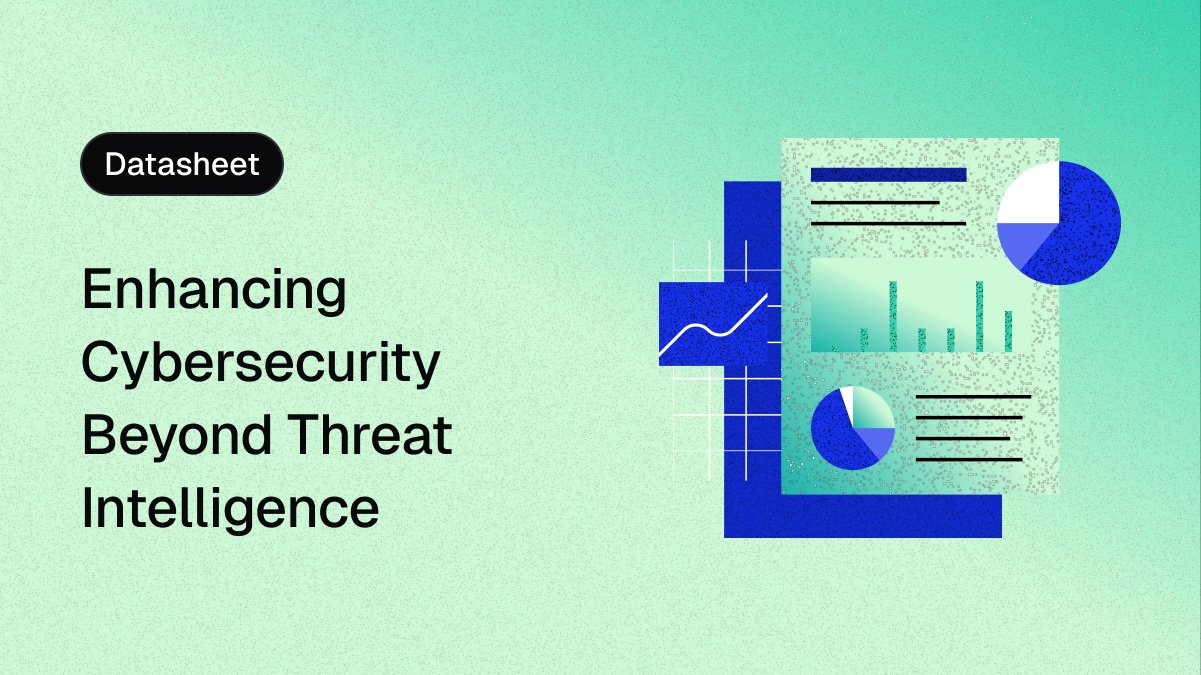Blog – October 09, 2025
Closing the Gap: Moving from Reactive Defense to Preemptive Threat Prevention
In the high-stakes world of cybersecurity, a critical vulnerability exists not in code, but in a disconnect: the intelligence-to-action gap. While organizations are flooded with threat data from countless sources, many lack the tools and processes to translate that intelligence into real-time, automated protective action. This means security teams are constantly playing catch-up, reacting to alerts after a breach has already started, instead of preventing it from the start.
This gap is a major problem. For example, in the 2017 Equifax breach, attackers exploited a vulnerability for which a patch had been available two months prior; a catastrophic failure to close the intelligence-to-action gap.
To address this, thePreemptive Threat Readiness (PTR) Framework offers a new maturity model designed to help organizations move from passive monitoring to a fully optimized, adaptive security posture.
The Five Levels of Preemptive Threat Readiness (PTR)
The PTR Framework outlines five distinct levels of maturity, mapping an organization’s journey from basic observation to total preemptive optimization.
Level 1: Passive Monitoring
At this foundational stage, the focus is on visibility and understanding the threat landscape without active intervention. The organization consumes threat intelligence but doesn’t take automated enforcement action; the goal is simply to see what would be blocked to build a case for active defense. This is a prerequisite for establishing the Visibility and Analytics capability in a Zero Trust architecture.
Level 2: Manual Enforcement
This level marks the beginning of active defense, but it is often inconsistent and resource-intensive. Security teams manually block known malicious indicators like IP addresses or domains. This process is typically reactive, prone to human error, and fails to scale effectively against automated threats.
Level 3: Policy-Based Integration
Organizations start connecting systems to create basic, automated workflows that improve response time over purely manual efforts. Alerting-to-enforcement workflows are established, but they are often limited to a single use case and may not be sophisticated enough to adapt to changing threats without manual adjustments. This stage strengthens automation and orchestration capabilities.
Level 4: Automated Threat Enforcement
This is a major shift, where security becomes truly automated and proactive against known threats. The system provides real-time ingestion, enrichment, and blocking of threats from multiple sources, largely eliminating the need for manual intervention for known bad traffic. Key actions include blocking threats at the DNS and web layers and using micro-segmentation to control lateral movement. This strong alignment with a Zero Trust architecture massively improves SOC efficiency.
Level 5: Proactive Threat Optimization
At the highest level of maturity, the entire security ecosystem becomes a self-improving, adaptive prevention engine. The organization continuously refines security policies based on effectiveness and threat evolution. This requires closing automated feedback loops where intelligence from one security tool is instantly used to update policies in another. This system of continuous learning, which blends human oversight with AI-driven signal filtering, fully embodies the spirit of Zero Trust and creates a resilient defense that preemptively disrupts new and evolving attacker techniques.
The Benefits of Preemptive Prevention
Shifting from a reactive “detect and respond” model to a proactive “prevent and secure” approach yields immediate and significant benefits.
- Clear ROI: You’ll see a dramatic reduction in alert fatigue, dwell time, and remediation costs. By blocking threats at the edge, security teams can focus on true anomalies instead of a constant flood of alerts.
- Lower Risk Exposure: Minimizing the window of opportunity for attackers dramatically reduces dwell time and lowers the overall risk exposure to both commodity and advanced threats.
- Better Resource Alignment: A mature, automated framework ensures that your threat intelligence investments translate directly into tangible protection, fostering better alignment between SecOps, threat intelligence, and leadership.
The era of reactive cybersecurity is over. To combat today’s sophisticated threats, the focus must shift from mere detection to proactive prevention. Embracing a model like the PTR Framework is not just about adopting new technology; it’s about fundamentally transforming your security philosophy.
Do you know where your organization stands on the journey to proactive security? Assessing your current posture against the five levels of the PTR Framework is the first strategic step to closing the intelligence-to-action gap and building a self-improving security posture.

